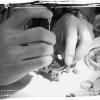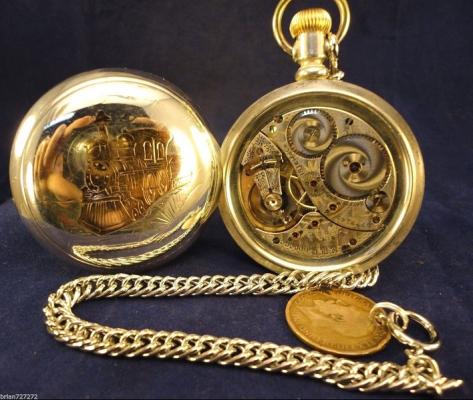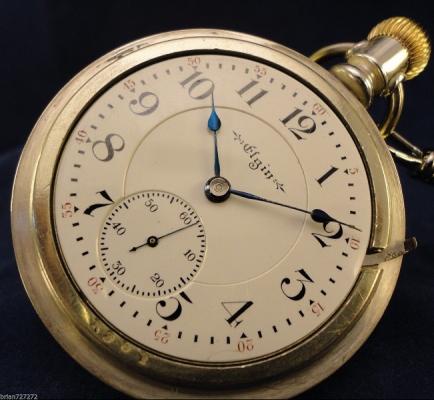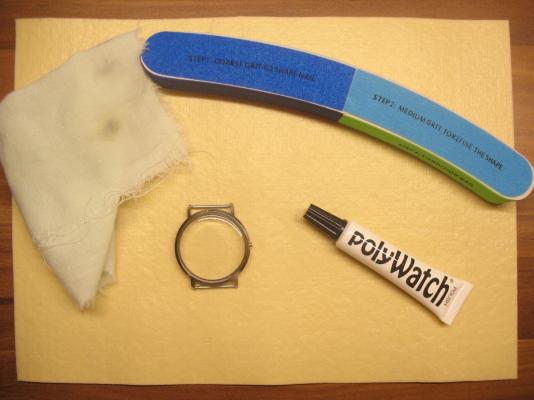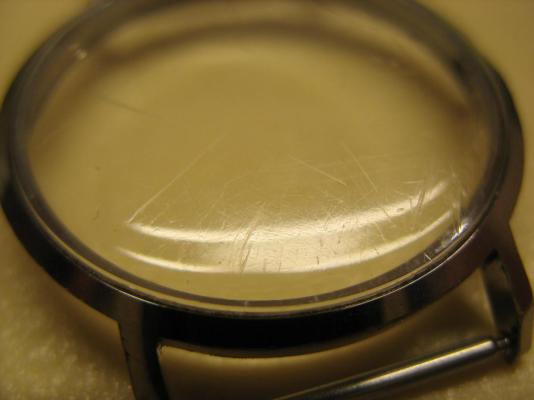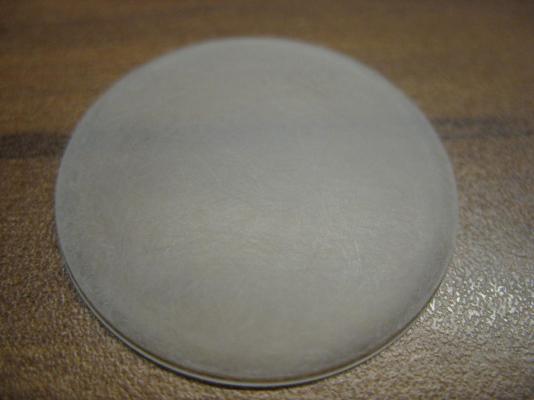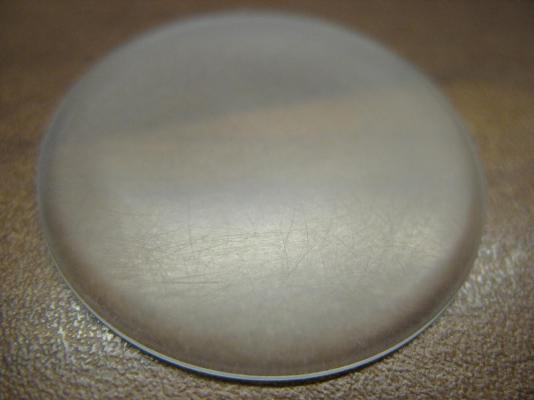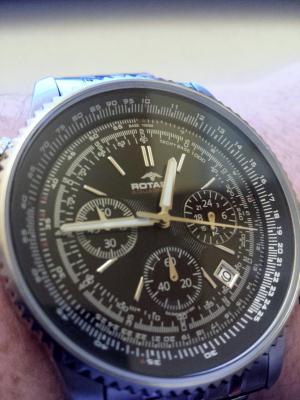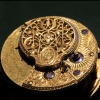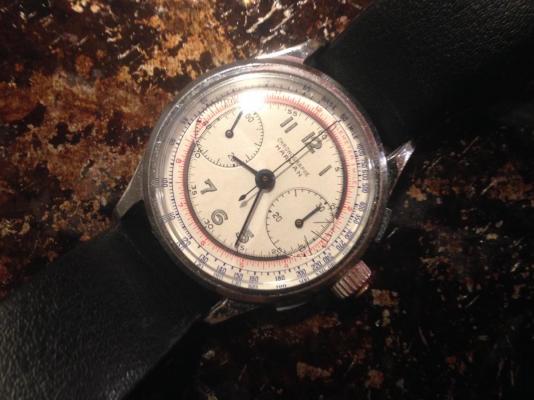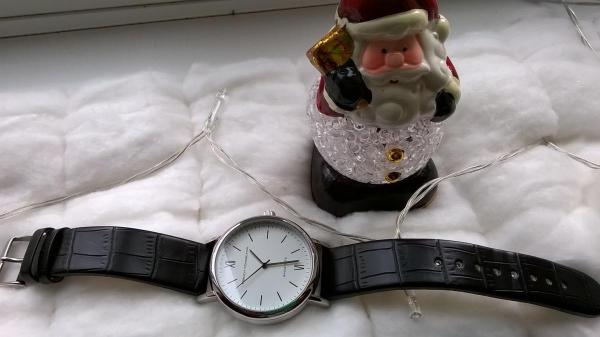Leaderboard
Popular Content
Showing content with the highest reputation on 02/19/16 in all areas
-
2 points
-
I have that first link tool and like Bob broke a tip too while using. Not a tool for all types of watches and I think the manufacturer should produce a tutorial video for it. It's more of a display piece than a tool on my work bench. Sent from my iPad using Tapatalk2 points
-
2 points
-
http://www.thewatchsite.com/files/Seiko_techguide_addendum_700x_613x.pdf Good tips wnhen repairing a Seiko watch. Like the 7005 and 7006 .1 point
-
Probably you can make the dial fit anyway. Question is, would be worth it? Watch is not original and not worth much before and it wouldn't be later. There are more funny ways to learn and tinker with Seiko parts, for example buy a lot or two from Ramon (thewatchcollector) on Ebay.1 point
-
As old hippy suggests re-check everything again. I have found over the years there is no short cuts to servicing a watch. Also when stripping every part I double check for damage / wear it saves so much time in the end.1 point
-
I would check everything again using a very strong eyeglass and I mean everything, run it without dial and hands and out of the case, if all is well after 24 hours, add dial and hands and run for another 24 hours, if all is ok case the thing up and see how it goes.1 point
-
I'm by no means an expert, indeed a novice, but did you clean and grease the mainspring? I've had a previous problem whereby the movement appeared to be "tightening up" at unpredictable intervals. I subsequently cleaned and greased the mainspring (which I should have done first time round!) and all was well.1 point
-
Now Bob, I'm sure they're not as bad as all that. But thanks anyway, I feel better already :biggrin:1 point
-
Nice picture Mike but the little fellow forgot to wear a watch...and so many limbs to wear one! :)1 point
-
1 point
-
1 point
-
Welcome Tom - great introduction. And a nice Longines. I used to shoot when I was in the school cadet corps - a long, long time ago - .22 rifles in our indoor range and .303 rifles when out at camp with the regulars. I even got to Bisley - the UK's no. 1 shooting range - and fired Bren guns. For those who don't know/remember the Bren gun, it was Britain's premier, tripod-mounted machine gun in WW2. Fantastically accurate and great to shoot - but a bummer to carry at the "trail" on a 20-mile route march! I confine myself to a .177 gas pistol these days... Cheers, Will1 point
-
A warm welcome from me 7.62 ;), and what a cracking introduction. We have a but in common Tom, I used to build and shoot competition revolvers and then full bore rifle when pistols were banned at this side of the pond. There are a lot of good friendly and skilled people on this forum that you can call upon if you require assistance.1 point
-
Thanks for all the guidance. I will look into those books. Also, at the suggestion of many, I went ahead and bought an ultrasonic cleaning machine, so at least now I won't be doing this by hand.1 point
-
There is a learning curve that requires time and money...nothing is free and/or comes overnight! Just remember that any trade/skill needs its dues! Even for a hobby... Find a CURRENT pocket watch movement still ticking. It is standard to recommend/use an ETA 6498 or its original version in UNITAS, available for about $50. Then you can move on to smaller watches. Seiko's 7S26 and family make good starting watches too but they are smaller: 16 vs. 11 1/2 lignes respectively. Also Asian/Japanese watches are not always the Swiss type so expect to deal with a new concept...in principle it is all the same, in design there are plenty of differences. Pitfalls/techniques that need to be solved/addressed immediately while learning are: tweezers manipulation/skills, gentle touch, parts management and manipulation, hairspring skills, mainspring skills and definitely all sort of springs manipulation, jewel care and handling, assembly and disassembly techniques, cleaning techniques, lubrication techniques...there is simply a lot to learn (those are just the basics) and plenty of room for improvement...and don't forget your tools maintenance either or the case parts and restoration if you are casing or working also with a "second hand" watch. Those parts include the dial, hands, bezels, gaskets, etc, just to name a few. The list goes on and on for everything movement/watch learning curve. IMHO1 point
-
Wearing a chronograph I picked up on the 'bay. It wasn't running and had a knackered dial, but there was a 30mm dial on eBay that was cheaper than sending the existing dial to Messrs Bill for restoration (which I might still do), so I used that. It has a lovely Landeron 47 movement (1937) which I enjoyed servicing. Runs sweetly. All it needs now is chrome replating...or not!1 point
-
1 point
-
Hello George, Breaking boundaries as usual I see but I am not sure of the legality of such horological rapine :startle: will the time ever be right. :D Cheers, Vic1 point




